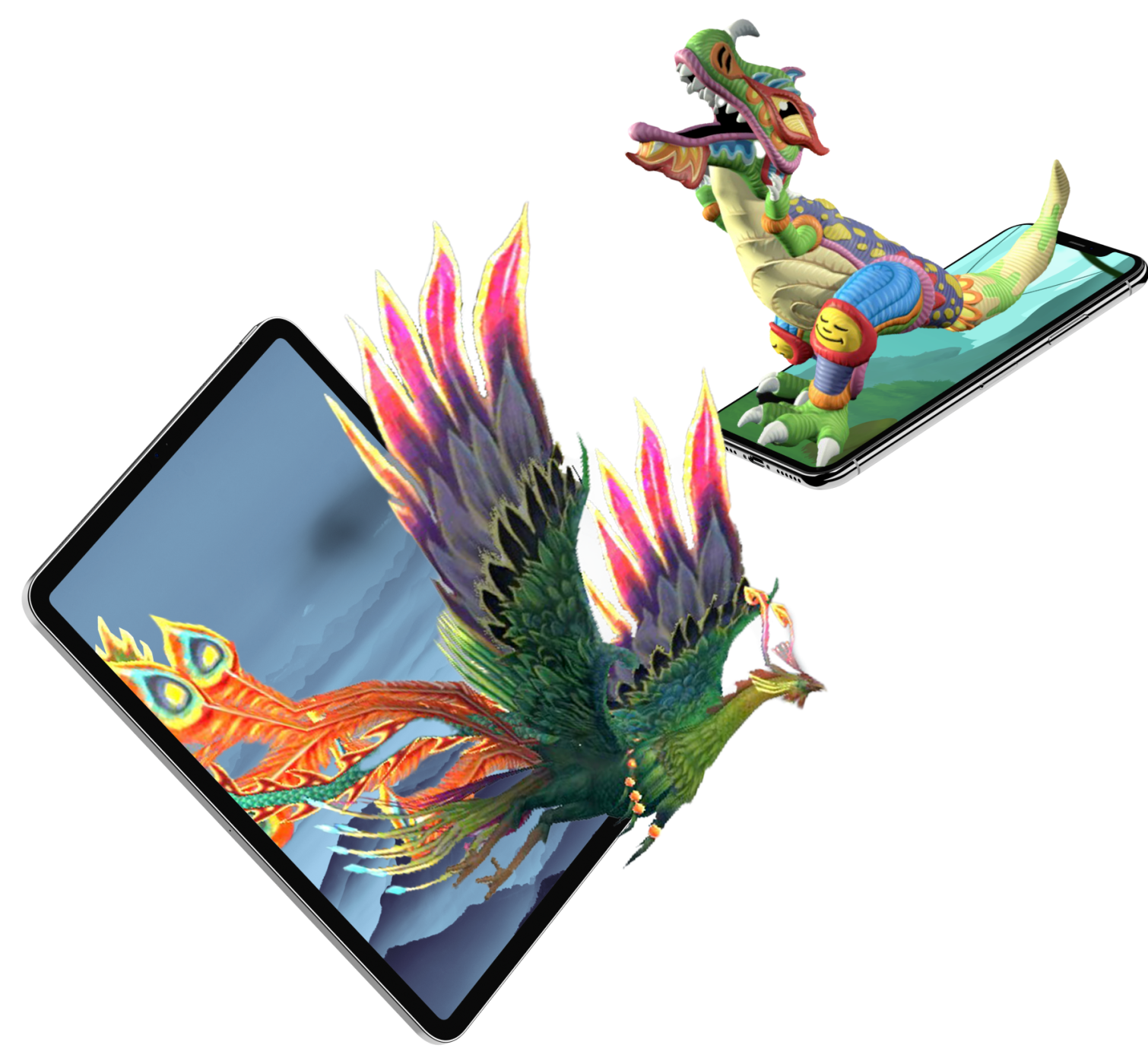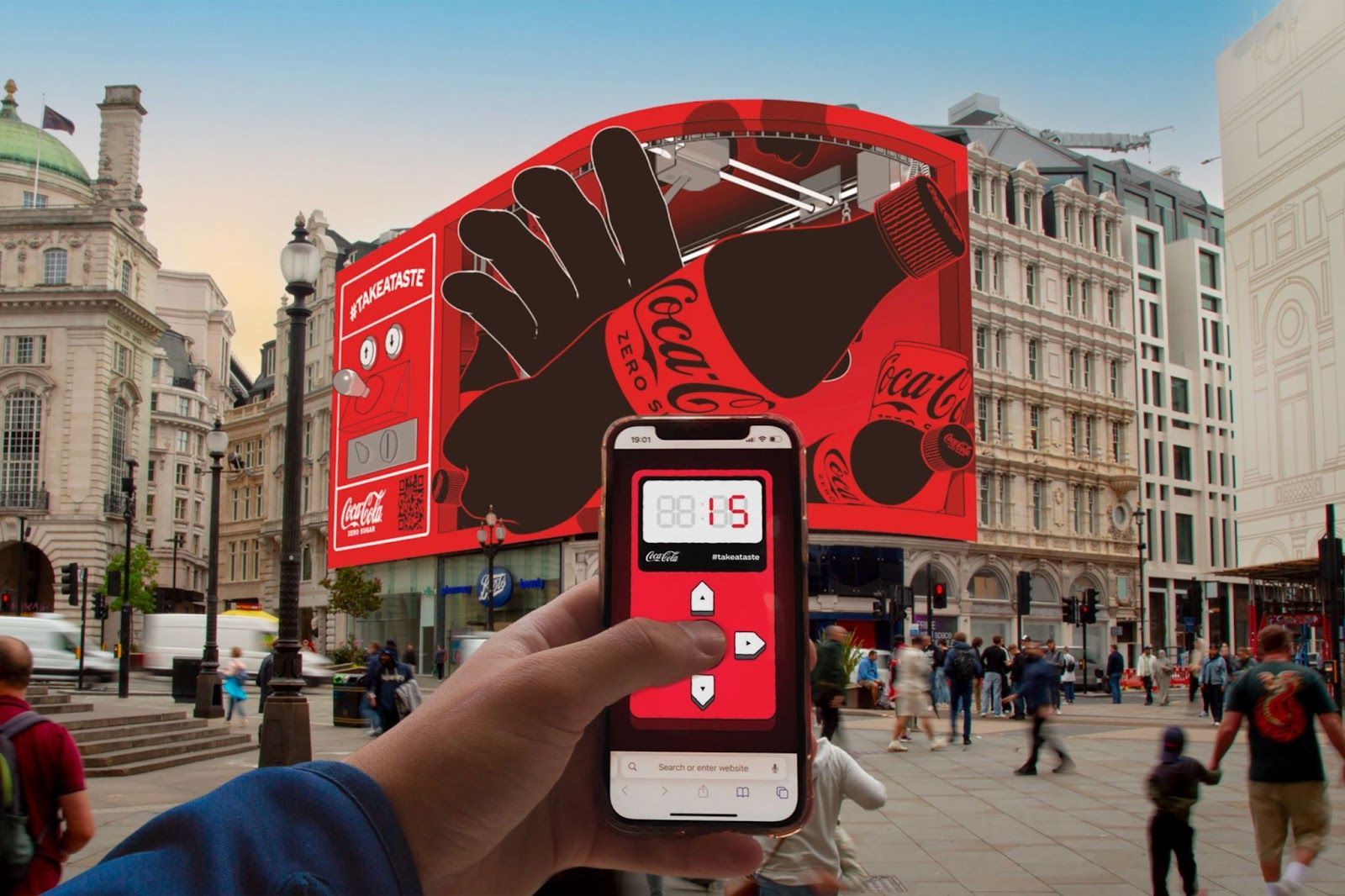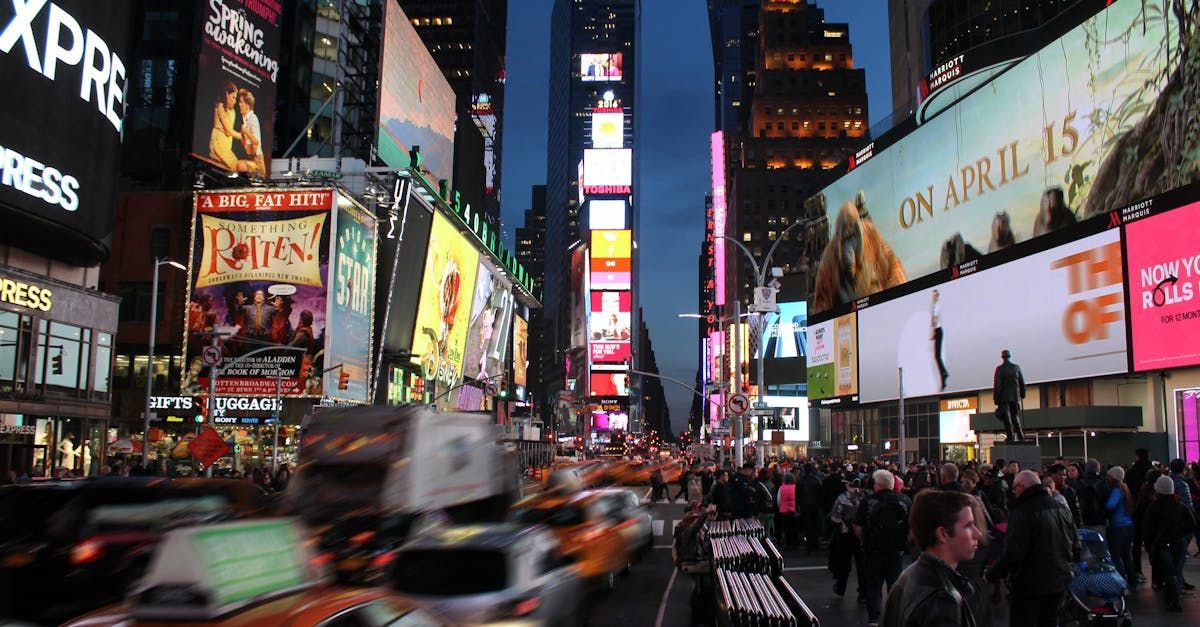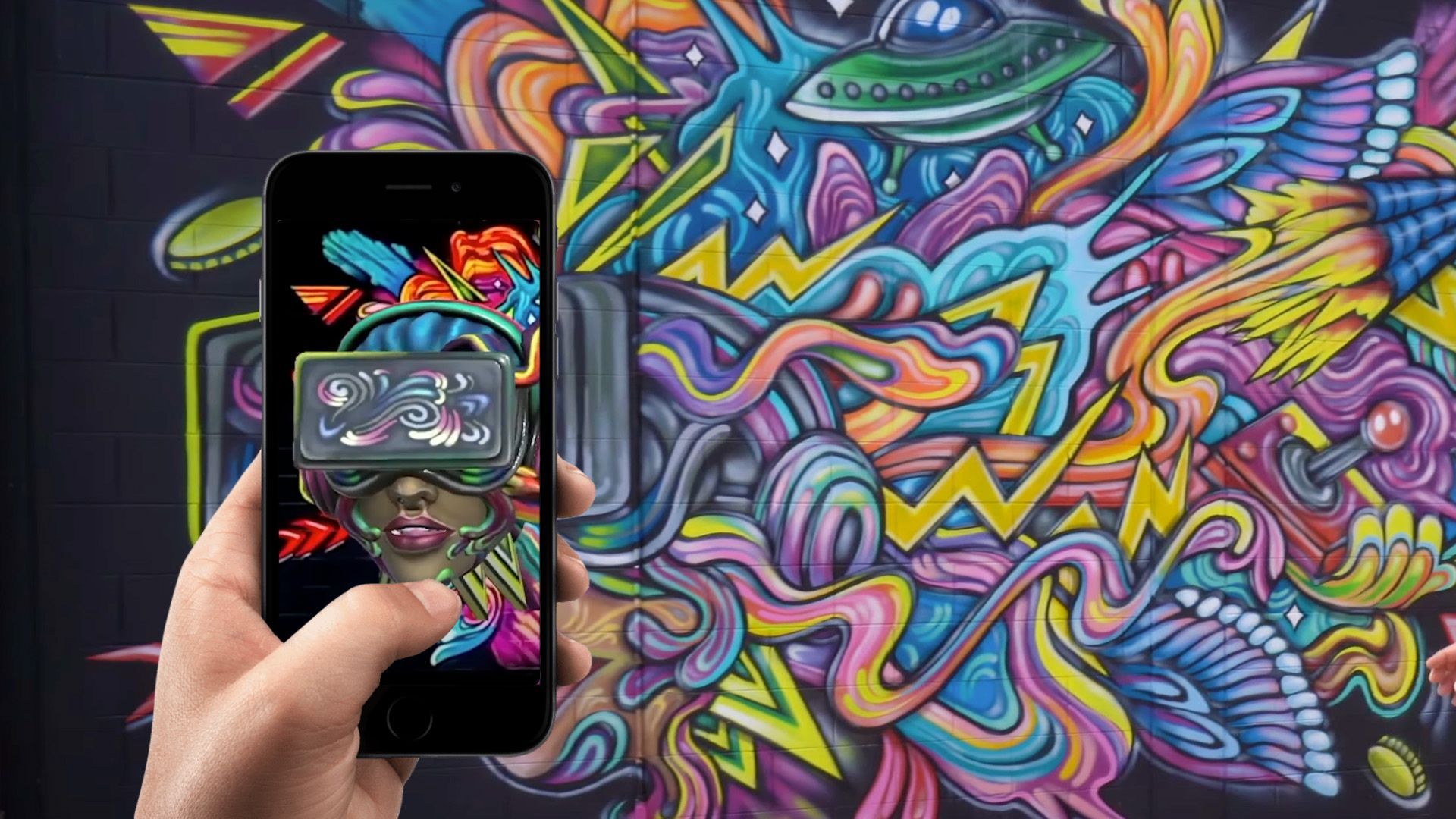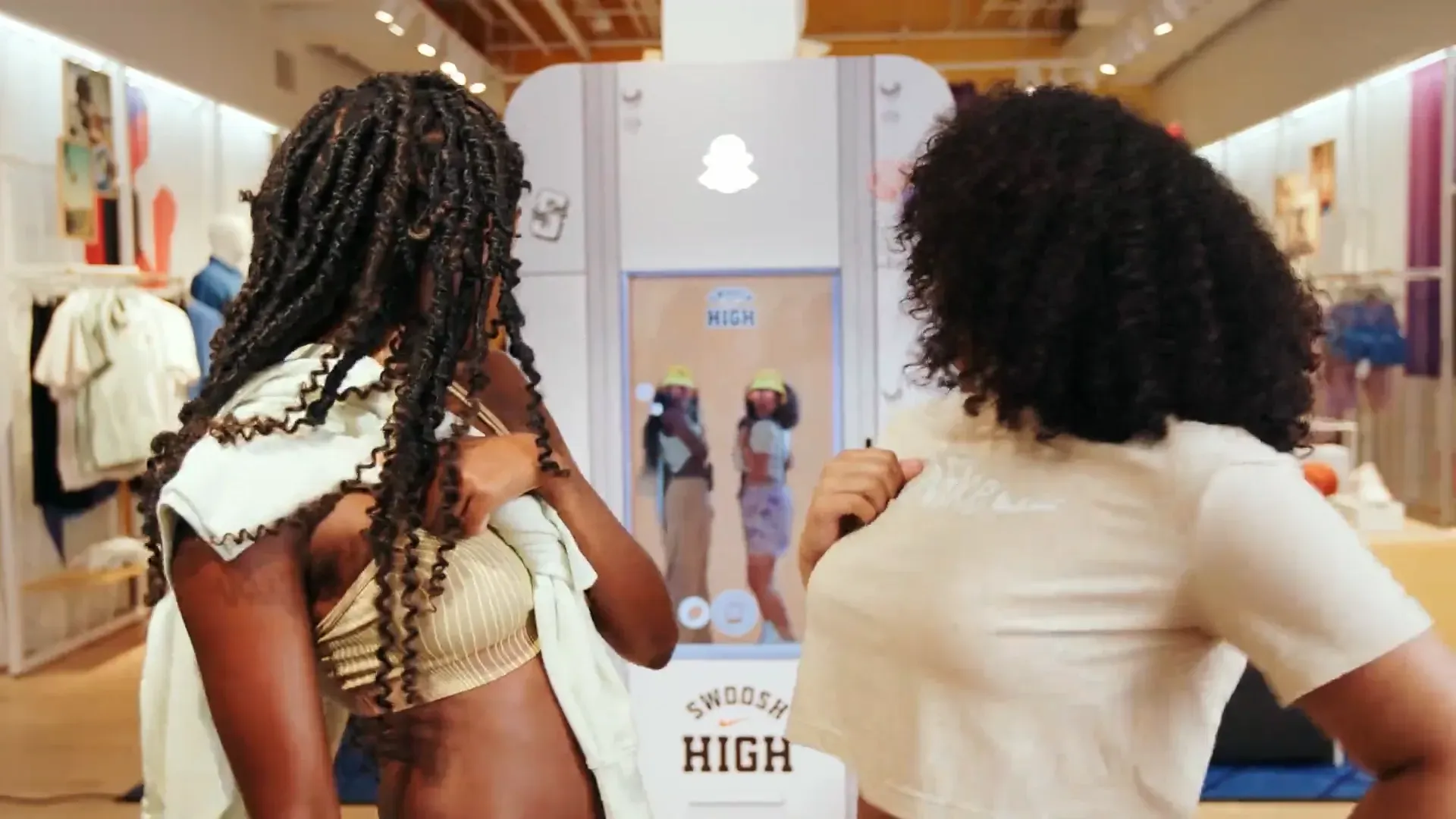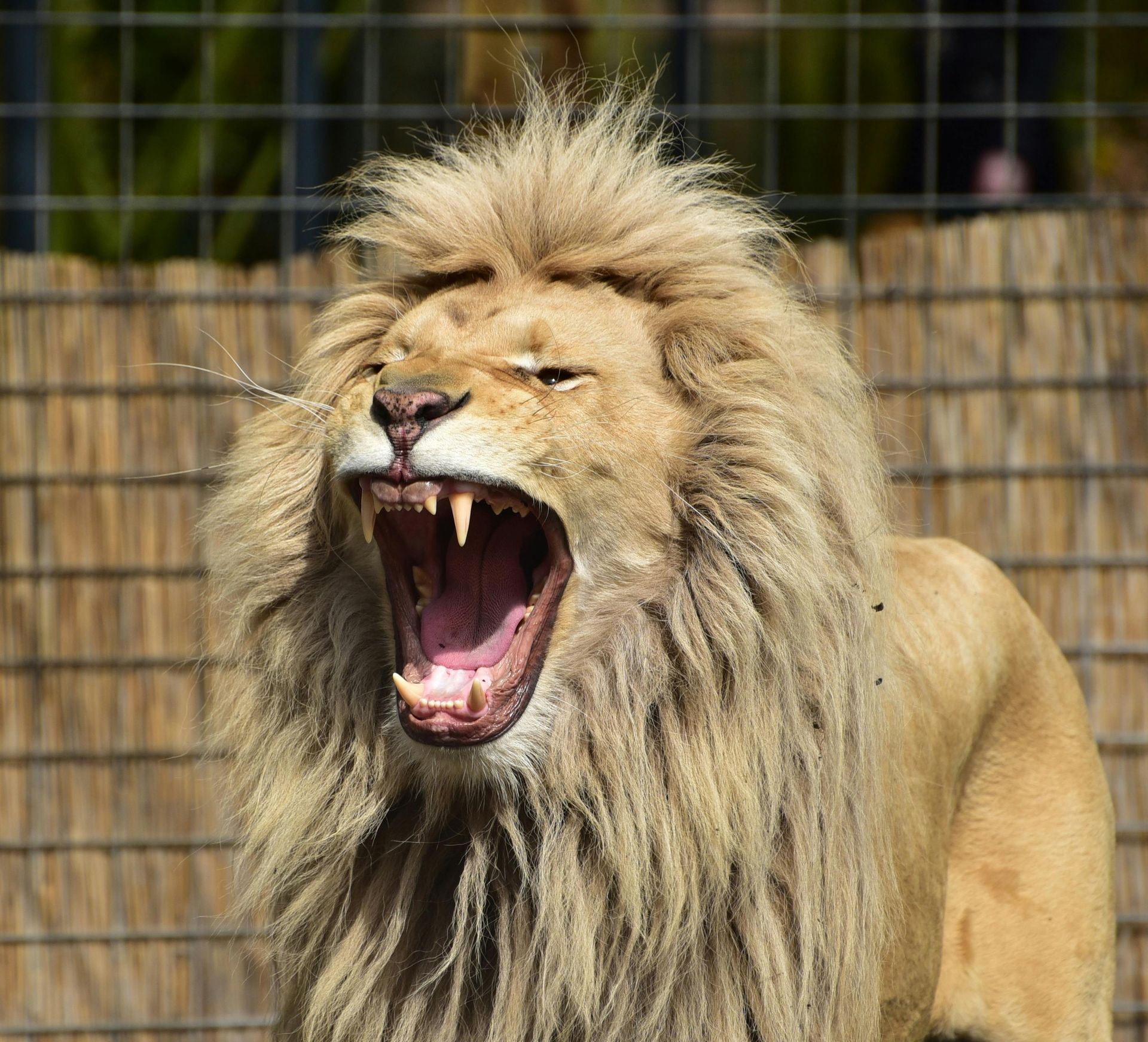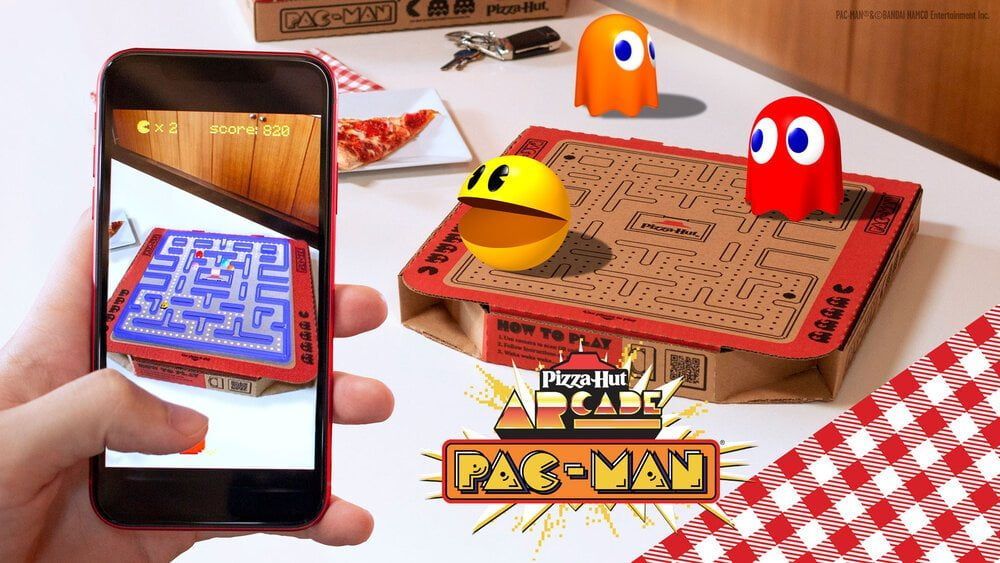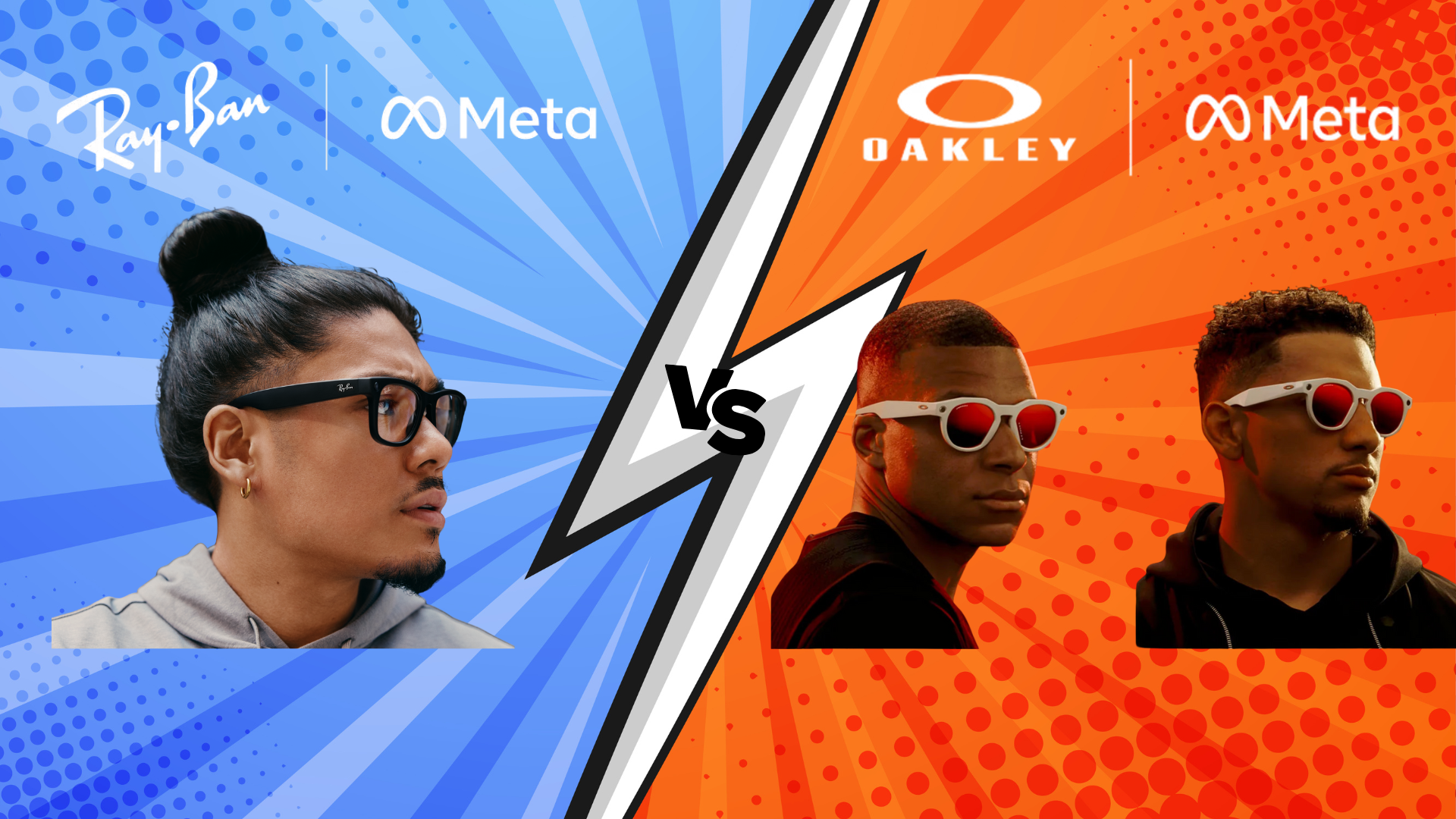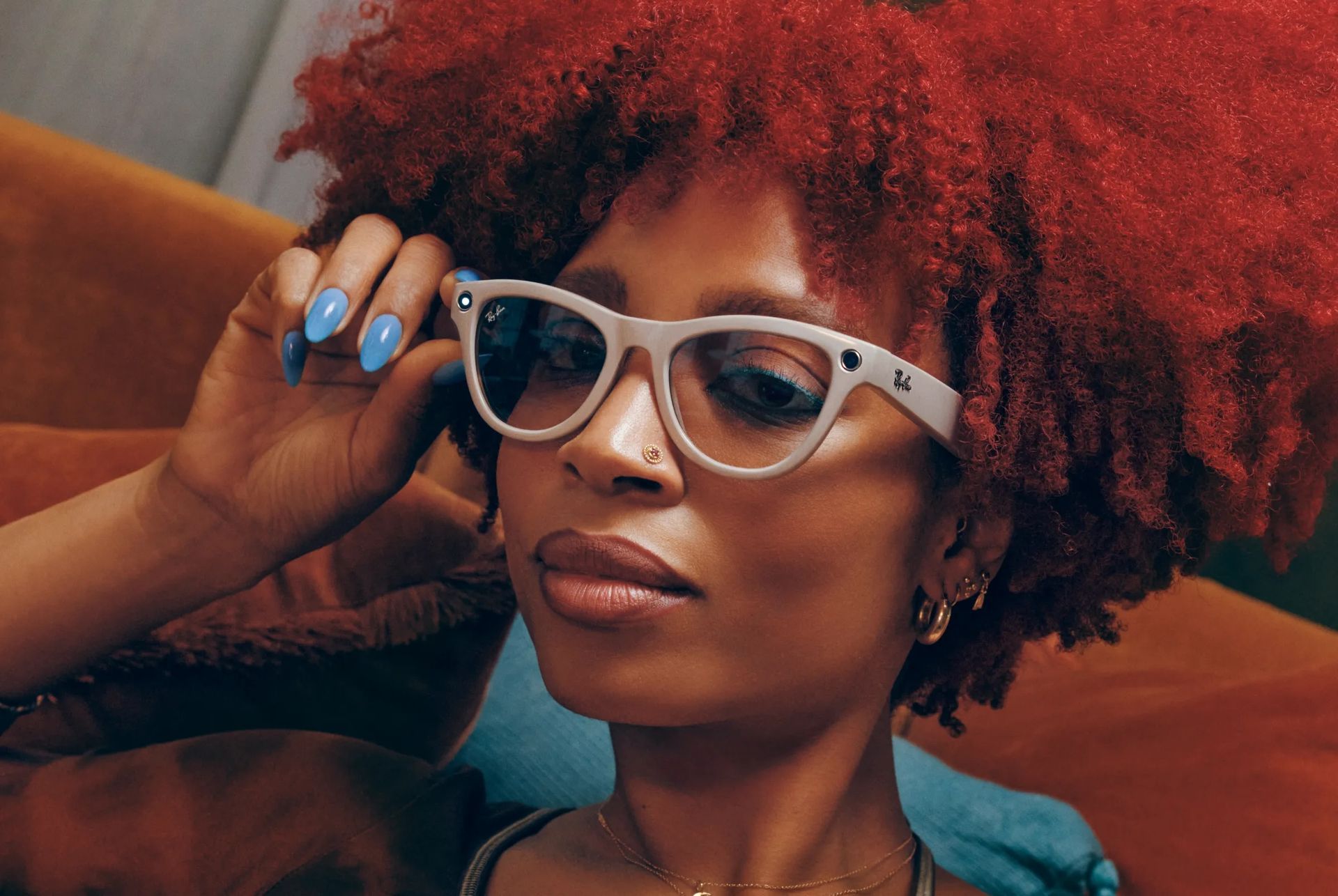Can OOH Ads Rescue Faltering Direct-to-Consumer Brands?
Direct-to-consumer (DTC) brands face many challenges in today's increasingly competitive market. Rising customer acquisition costs, supply chain disruptions, and saturated digital channels have made it difficult for many DTC companies to maintain their growth. The landscape is becoming more complex for brands like Warby Parker, which once thrived on the digital-first model. As these consumer brands grapple with these challenges, out-of-home (OOH) advertising emerges as a potential lifeline. But can OOH ads truly rescue faltering DTC brands? Let’s explore how this traditional advertising medium can play a pivotal role in revitalizing these brands.
The Struggles of DTC Brands
DTC brands have revolutionized the retail landscape by offering unique products directly to consumers, bypassing traditional retail intermediaries. However, as more brands enter the space, the competition has intensified, making it harder to stand out. Here are some of the key challenges DTC companies face:
Rising Customer Acquisition Costs: One of the biggest hurdles for DTC brands is the escalating cost of acquiring new customers. Digital advertising, once a cost-effective channel, has become increasingly expensive. The cost-per-click on platforms like Facebook and Google has skyrocketed, squeezing margins and making it harder for brands to achieve profitability.
Supply Chain Disruptions: The COVID-19 pandemic exposed vulnerabilities in global supply chains, plaguing DTC brands. Delays, increased costs, and inventory shortages have disrupted the customer experience, leading to dissatisfaction and lost sales. For many DTC companies, these supply chain issues have eroded consumer trust, making it even more challenging to maintain brand loyalty.
Saturated Digital Channels: As the digital advertising landscape becomes more crowded, it’s harder for DTC brands to break through the noise. Consumers are bombarded with ads on social media, search engines, and websites, leading to ad fatigue. This saturation diminishes the effectiveness of digital marketing efforts and makes it difficult for brands to sustain top-of-mind awareness.
The Potential of OOH Advertising
While DTC brands have traditionally relied on digital channels to drive growth, OOH advertising offers a unique opportunity to reach consumers in the physical world. OOH ads, such as billboards, transit ads, and digital screens, provide a way to capture attention in high-traffic areas and deliver impactful messages. Here’s how OOH advertising can help rescue faltering DTC brands:
Boosting Brand Awareness: One of the most significant advantages of OOH advertising is its ability to enhance brand awareness. Unlike digital ads that can be skipped or ignored, OOH ads are visible to everyone in a given location. Whether a billboard on a busy highway or a digital screen in a shopping mall, OOH ads can capture attention and create lasting impressions. For DTC brands struggling to stand out, OOH provides a way to cut through the clutter and reach a broader audience.
Building Credibility and Trust: OOH ads lend a sense of permanence and credibility that digital ads often lack. A well-placed billboard or transit ad can make a brand appear more established and trustworthy. This is particularly important for DTC brands that are relatively new or unknown. By investing in OOH advertising, these brands can enhance their reputation and build consumer trust, which is crucial for long-term growth.
Reaching a Broader Audience: While digital ads can be highly targeted, they are also limited by algorithms that may exclude potential customers. On the other hand, OOH ads reach a diverse audience, including those who may not be actively searching for a product but could become interested when exposed to it. This broader reach is essential for DTC brands looking to expand their customer base and tap into new markets.
Supporting Omnichannel Marketing Strategies: OOH advertising complements digital marketing efforts by reinforcing brand messages across multiple touchpoints. For example, a consumer might see a billboard for a DTC brand during their commute and later encounter a targeted social media ad for the same brand. This repetition helps to reinforce brand recall and increases the likelihood of conversion. Additionally, OOH ads can drive traffic to online channels, encouraging consumers to engage with the brand digitally after seeing an ad in the physical world.
Innovative Uses of Technology: Integrating augmented reality (AR) with OOH advertising is another way DTC brands can differentiate themselves. AR can turn a traditional billboard into an interactive experience, allowing consumers to engage with the brand in new and exciting ways. For instance, a DTC brand could use AR to create a “virtual try-on” experience, where consumers can see how a product would look on them before making a purchase. This "try before you buy" approach enhances the consumer experience and drives higher engagement and conversions.
Case Studies: DTC Brands Successfully Using OOH Advertising
Several DTC brands have already begun leveraging OOH advertising to great effect. Warby Parker, for instance, has used billboards and transit ads to build brand awareness and drive traffic to their online and physical stores. These OOH campaigns have been instrumental in establishing Warby Parker as a household name and expanding their customer base.
Another example is Glossier, a beauty brand that has used OOH advertising to complement its digital marketing efforts. Glossier has been able to reach a broader audience and drive brand awareness in key markets by placing ads in strategic locations such as subway stations and bus stops.
These examples illustrate how OOH advertising can be a powerful tool for DTC brands looking to enhance their visibility and drive growth.
Conclusion: The Future of OOH Advertising for DTC Brands
As DTC brands navigate the challenges of rising acquisition costs, supply chain disruptions, and digital saturation, OOH advertising offers a valuable solution. OOH ads can play a crucial role in rescuing faltering DTC brands by enhancing brand awareness, building credibility, and reaching a broader audience. Moreover, integrating innovative technologies like augmented reality can further enhance the effectiveness of OOH campaigns, making them even more impactful.
In an increasingly competitive market, DTC brands must diversify their marketing strategies to stay ahead. With its ability to create memorable and immersive experiences, OOH advertising provides a powerful way to reconnect with consumers and drive sustained growth. For DTC companies looking to revitalize their brands and stand out in a crowded marketplace, the answer may lie in the physical world, where OOH advertising reigns supreme.
TALK TO A PRO
We're here to bring your brand to life!
Stay Connected with BrandXR
Create Augmented Reality for Free!
Create, Publish, and Measure 3D Augmented Reality Experiences Without Having to Code.
